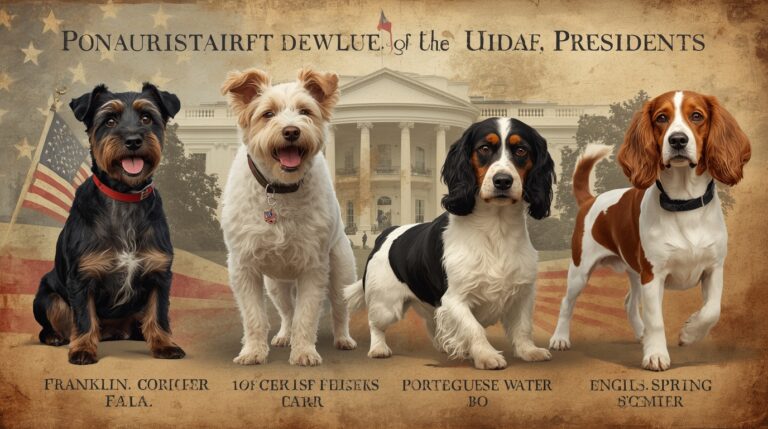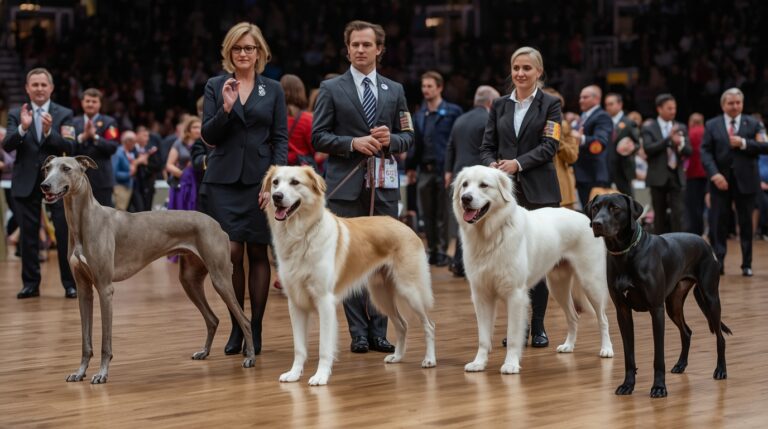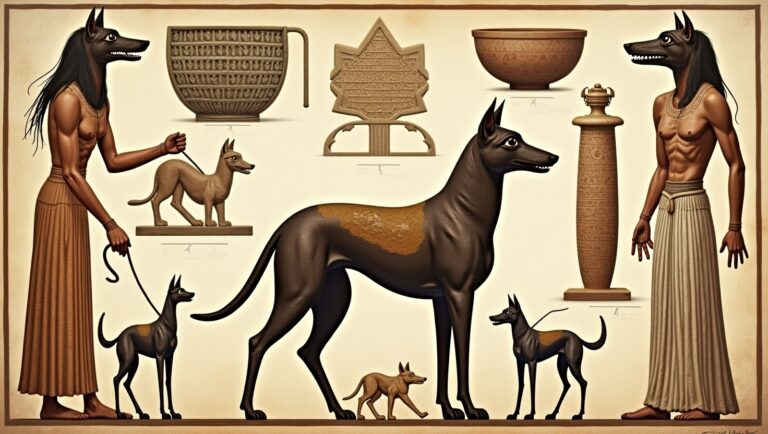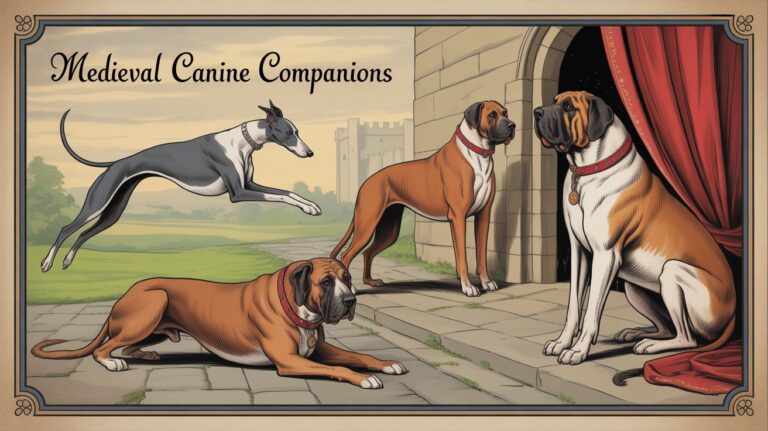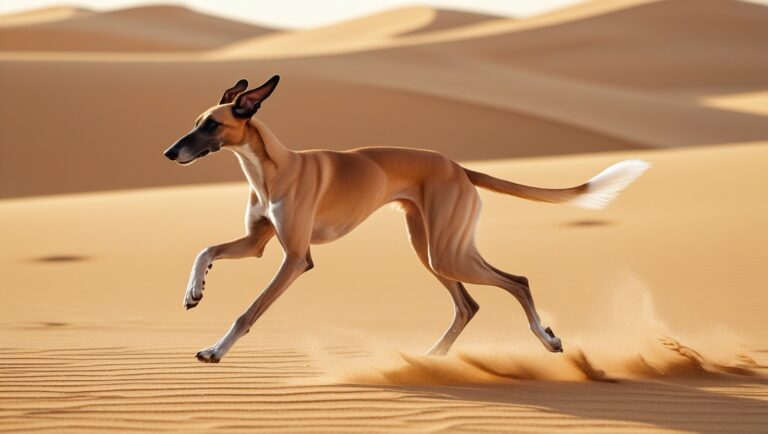Dogs in Native American Beliefs
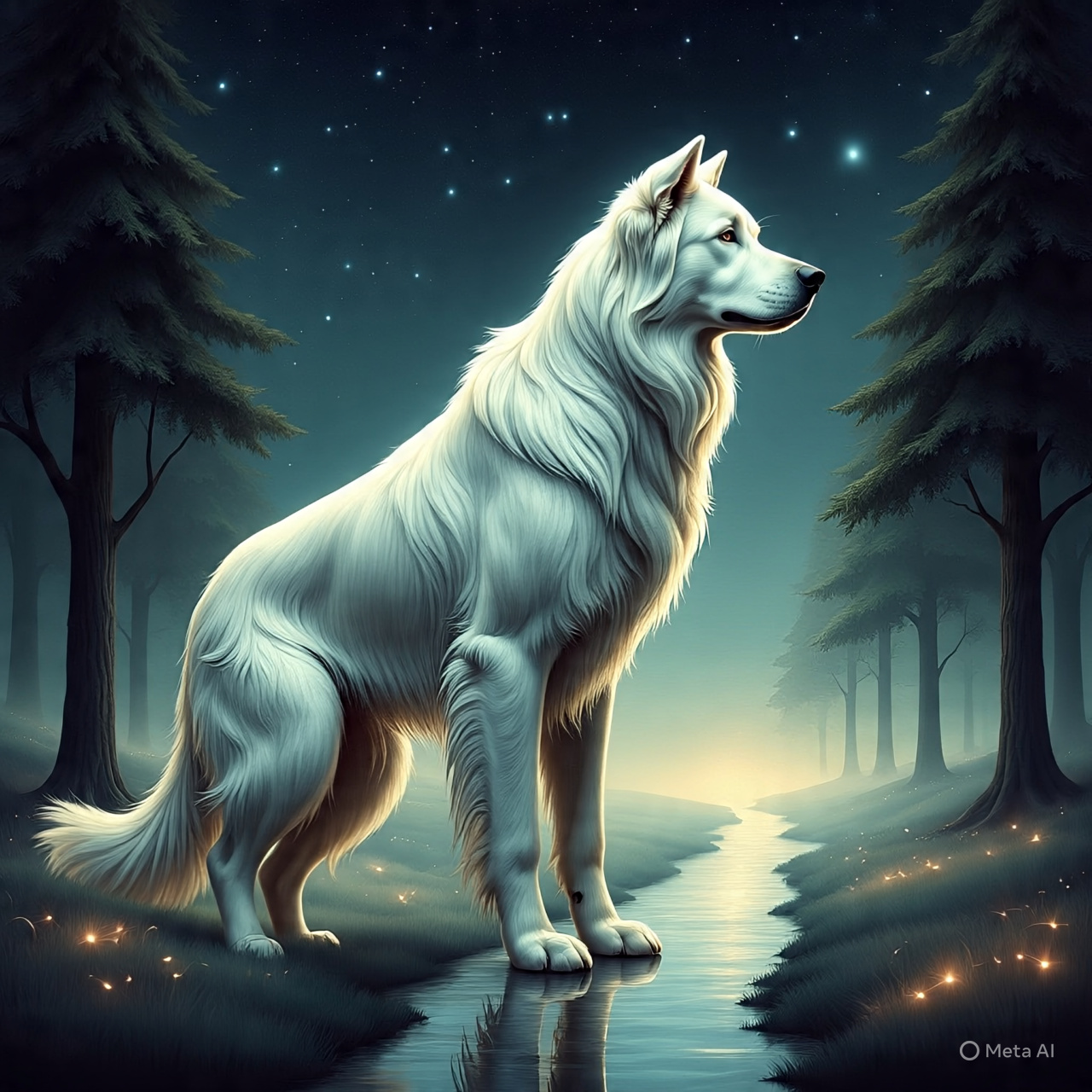
Introduction
In Native American beliefs, the dog is far more than a companion—it is a spiritual protector, a bridge between worlds, and a symbol of loyalty, courage, and sacred connection. Across many Indigenous traditions, dogs played important roles as afterlife guides, dream omens, ritual participants, and guardians of the hearth. Unlike Western mythology, which often marginalizes dogs in spiritual texts, Native worldviews elevate the dog to a being of profound spiritual influence.
This article explores how dogs were seen, honored, and symbolized by tribes such as the Lakota, Navajo, Cherokee, Ojibwe, and Blackfoot, among others, and how those traditions continue today in ceremonies, stories, and tribal identities.
The Origins of Dogs in Native American Lore
Most Indigenous oral traditions describe dogs as the first animals to walk alongside humans. In creation stories from multiple tribes, dogs either arrive with the first people across spiritual bridges or are gifted by the Creator to serve and protect.
In many Plains and Great Basin cultures, dogs were present before the arrival of horses, used for hauling travois, guarding camps, and even warning of danger. Their early presence made them central not just to daily survival but to cosmic and communal narratives.
In some Southwestern tribes, dogs were said to come from underground worlds or star realms, symbolizing their connection to both the earth and the heavens. Their spiritual genealogy elevated them from animal to spirit kin.
also read this Dogs in Mythology, Religion & Folklore
Dogs as Family and Protectors
In Native communities, dogs were considered family members, not livestock. They lived inside or near homes, slept beside children, and were trained to guard against spiritual and physical intrusions. For many tribes, a dog’s bark or unease was seen as a warning from the spirit realm.
Among the Lakota and Cheyenne, dogs were described in oral tradition as babysitters and alert guardians, trusted implicitly to protect the most vulnerable. In some communities, dogs were believed to see spirits and would growl or howl when danger—seen or unseen—was near.
Their loyalty and unflinching bravery in battle earned them the same respect as warriors, often commemorated in stories, songs, and ceremonies.
Dogs in the Afterlife and Soul Journey
Many Native American cultures believe that souls must journey through a spirit world after death, often crossing rivers or thresholds guarded by dogs or dog-like beings. In these beliefs, the dog acts as a psychopomp—a being that helps guide the soul to the next world.
The Star Sirius, often referred to as the Dog Star, plays a central role in these beliefs. In tribes such as the Blackfoot and Ojibwe, Sirius is believed to be the watcher or sentinel that guides souls through the sky path into the afterlife.
Dogs were also buried with humans to accompany them beyond the veil, a tradition discovered through multiple archaeological sites in North Dakota, Montana, and Oklahoma, where dog burials appear beside warriors and women of high status.
Dogs in Ceremonial and Ritual Practices
In some tribes—particularly in Plains cultures such as the Blackfoot and Crow—dogs were used in ritual sacrifice. While this may seem harsh from a modern perspective, such sacrifices were seen as sacred acts of honor, performed in Sun Dance ceremonies, healing rituals, or pre-war blessings.
These sacrificial dogs were often treated with great reverence, washed, fed, sung to, and thanked before the offering. The belief was that their spirit would strengthen the warriors or convey prayers to the Creator.
In Southwest traditions, dogs were not sacrificed but instead used in purification rituals or blessing rites, especially before hunts or spiritual transitions.
Dogs as Hunting Companions and Working Partners
Before horses were introduced in the 16th century, dogs were central to mobility and sustenance for many tribes. They pulled travois (sled-like structures), helped track prey, and protected carcasses during butchering.
The Ojibwe, Assiniboine, and Nez Perce tribes developed specific dog breeds adapted to regional terrain and climate. Dogs were trained not only to follow human cues but to interpret landscapes, navigate river crossings, and even sense approaching storms.
Their usefulness in hunting made them honored partners, often rewarded with special cuts of meat, blessings, and even naming ceremonies.
Lakota and Sioux Beliefs About Dogs
Among the Lakota, the word for dog—Šúŋka—is deeply embedded in ritual language, prayers, and stories. Dogs were believed to be sentient spiritual protectors, able to detect evil spirits and shield families from curses or misfortune.
In some sacred ceremonies, a white dog might be invoked as a guardian spirit, and in vision quests, encountering a dog was seen as a sign of loyalty, bravery, or spiritual truth.
Dogs were also honored in the Wičháša Wakȟáŋ (Holy Man) teachings, which held that the dog had medicine power and was capable of both healing and cleansing.
Navajo Traditions: Dogs and Monster Slayers
In Navajo mythology, dogs are often associated with protection and guardianship, particularly in relation to the story of the Hero Twins, who were sent to destroy monsters plaguing the Earth.
In some oral traditions, the dog guided or warned the twins during their dangerous journey, offering instinctive advice that saved their lives. The Navajo regard dogs as blessed by the Holy People, and harming a dog unnecessarily is considered a spiritual offense.
Dogs are also used in ritual purification. A dog’s presence can be part of protection songs, cleansing ceremonies, and dream interpretation, where its appearance may signify a helper from the spirit realm.
Cherokee Beliefs and the Role of Dogs
Among the Cherokee, dogs are often seen as intermediaries between people and nature, able to move between worlds. In traditional stories, dogs are sometimes portrayed as talking animals who advise humans, rescue children, or challenge deceitful spirits.
In some medicine stories, dogs appear as healers, licking wounds and chasing off spiritual ailments. The Cherokee often link the dog with rain and water spirits, believing that a dog’s actions could predict weather, illness, or family changes.
In ceremonial dances, dog motifs are worn or painted onto participants to signify protection, agility, or warning.
Ojibwe and Anishinaabe Perspectives
The Ojibwe hold that all beings—human, animal, and elemental—carry spiritual teachings. Dogs are revered for their loyalty, perseverance, and intuition, making them valued as both family and symbols of moral virtue.
Dogs are prominent in Midewiwin (medicine society) stories, where they may serve as protectors of sacred bundles or messengers between shamans and the spirit world. In dreamwork, a dog appearing as a guide may indicate a call to healing, forgiveness, or ancestral communication.
Some Anishinaabe clans include dog or wolf totems, reflecting the close kinship between species and the cultural importance of canine traits.
The Dog Star (Sirius) and Sky Lore
In several tribal cosmologies, the Dog Star (Sirius) is seen as a celestial dog spirit. For the Pueblo, Blackfoot, and Lakota, this star is believed to watch over Earth from the heavens, guarding the souls of ancestors and guiding them safely through night skies.
Sirius’s movement marked seasonal changes and hunting cycles, and its appearance in the dawn sky was sometimes considered an omen of spiritual messages, especially if a dog howled at its rising.
The link between dogs and Sirius reinforces the belief that dogs serve as cosmic sentinels, connected to both the land and the stars.
Dog Totems and Clans in Native Cultures
Certain Indigenous nations have clan systems that include dog or wolf totems, such as:
- The Dog Clan of the Iroquois, which focused on guardianship and spiritual insight
- The Wolf Clan of the Cherokee, which often overlapped with dog symbolism and emphasized warrior protection and loyalty
- The Anishinaabe Ma’iingan clan, which viewed dogs and wolves as teachers of discipline and structure
These totems were not symbolic only—they governed marriage, leadership, and spiritual responsibilities, showing how deeply canine symbolism was woven into societal frameworks.
Dogs and the Trickster Archetype
While the Coyote is typically the most well-known trickster figure, dogs occasionally assume a similar role—though often as a clever helper rather than a disruptor.
In stories from the Navajo and Hopi, dogs sometimes outsmart stronger beings, proving that instinct and loyalty can overcome brute strength. These stories serve as cautionary tales and moral lessons, elevating the dog to a figure of both spiritual intelligence and humble power.
Blackfoot and Plains Beliefs
The Blackfoot Nation believed that dogs held sacred status, especially as warriors and carriers of prayer. Before horses, dogs were trained to pull loads, alert warriors to enemy movements, and carry messages between camps.
Some oral histories state that dogs were among the first beings invited into sacred lodges, sitting near altars during ceremonies and howling during prayer songs.
When a Blackfoot warrior died, it was not uncommon for his favorite dog to be buried nearby, both as a spiritual guide and a symbol of shared courage.
Dogs as Dream Guides and Omens
Dreams featuring dogs are often interpreted as messages from spirit ancestors. A barking dog may signify protection, while a silent, watchful dog may be a warning or divine messenger.
In tribal dream traditions, white dogs are omens of rebirth or sacred trials, while black dogs may represent ancestral spirits, especially when encountered on paths or crossroads.
Dream interpreters (often medicine people or elders) use the dog’s behavior, size, and direction to diagnose spiritual problems or give life advice.
Sacred Colors, Shapes, and Breeds of Dogs
Tribes gave importance to coat color, pattern, and behavior:
- White dogs: associated with purity, protection, and celestial guidance
- Black dogs: linked to ancestral spirits, mourning, and boundary keeping
- Speckled or spotted dogs: sometimes considered spirit walkers—beings that moved between dimensions
Some breeds like the Carolina Dog or the now-extinct Hare Indian Dog were considered spiritually unique, blessed by tribal elders, and even included in naming ceremonies.
Dogs and Women in Native Societies
Dogs often had special roles with women and children. They were trained to guard pregnant women, alert mothers to danger, and escort children to rivers or trails.
In some matrilineal cultures, dogs were believed to share spiritual threads with women, both seen as nurturers, guardians, and protectors of life cycles. These beliefs are reflected in storytelling, lullabies, and initiation rituals for girls.
Dogs in Contemporary Native Spiritual Practice
Even today, dogs continue to play roles in ceremony, healing, and remembrance:
- Some veterans’ ceremonies include dog songs to honor fallen warriors.
- Sweat lodges may include dog effigies to guard the entrance or invoke purity.
- Animal shelters run by tribal nations often name dogs after ancestors or treat them as community members, blending modern rescue with spiritual stewardship.
The belief that dogs are more than animals—that they are teachers, watchers, and guides—persists across tribal communities.
Contrasts and Similarities Between Tribes
Though diverse in language and geography, many tribes share core beliefs:
- Dogs are loyal protectors of families and warriors.
- Dogs serve as guides to the afterlife or guardians of the spirit world.
- Harm to a dog is considered a moral and spiritual offense.
- Dreams and visions involving dogs are treated with ceremonial respect.
Regional differences reflect climate, resources, and cosmology, but the reverence for the dog’s spiritual nature is nearly universal.
Conclusion
In Native American beliefs, the dog stands at the crossroads of spirit and survival. From the fire circle to the battlefield, from dreamscapes to star realms, dogs remain venerated beings of guidance, love, and courage. Their presence in stories, ceremonies, and everyday life reflects a truth long understood by Indigenous peoples: that dogs are sacred bridges between the human and the divine.
To honor dogs in Native tradition is to honor the cycle of life, death, protection, and spiritual integrity.
